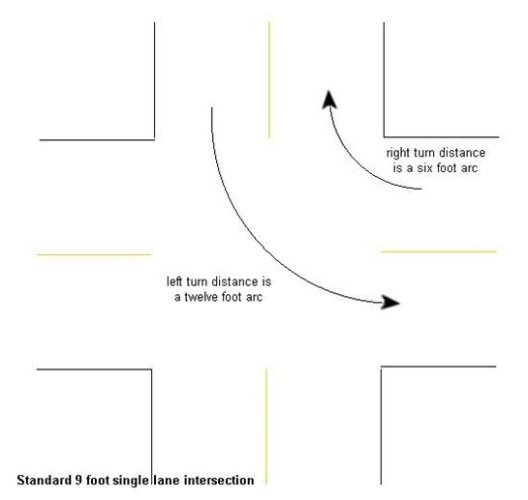wiltshireboy
New member
The left side tread on the front tire of my 1998 R1100RT is wearing unevenly compared with the right hand side, the angled tread sections are developing a cupped wear patten to the front and this causes some vibration. It has been suggested that I inflate over 32psi (single rider tire pressure in the operator's manual) to 36psi, any suggestions would be appreciated from other riders or BMW mechanics. The last tire wore the same way and was replaced when vibration became annoying.


